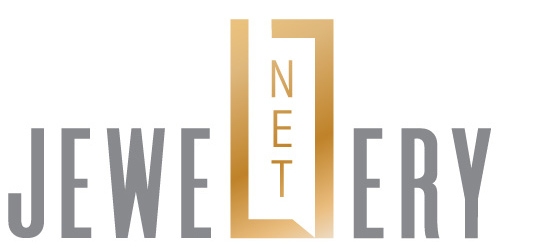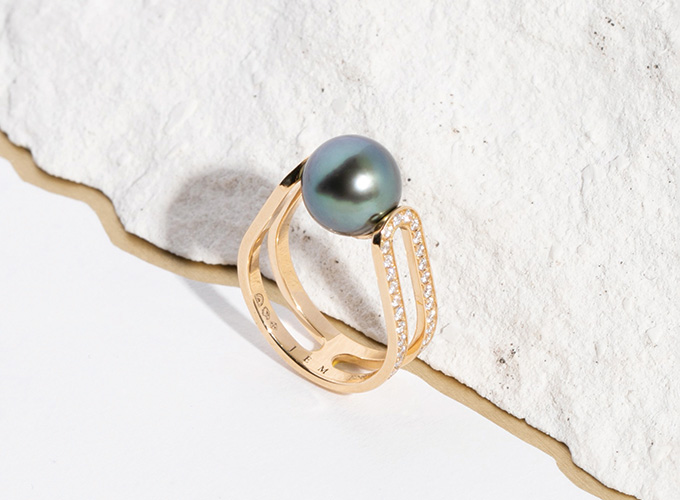Pearls are now valued beyond their physical attributes as origin and impact have become equally important in the value chain. Pearl industry stakeholders can contribute to the rise of a “net positive gem” that benefits people and nature through social and environmental impact measurement and management.
This article first appeared in the Pearl Report 2024-2025.
The emergence of the triple bottom line in business – profit, people and planet – underpinned the need to balance economic growth with protecting natural resources. In the jewellery world, various stakeholders have adopted environmental preservation as their vision and advocacy. In 2022, Cartier and Kering launched The Watch & Jewellery Initiative 2030 (WJI), with building climate resilience, preserving resources and fostering inclusiveness as key goals. In June 2024, WJI introduced the Nature Roadmap, which illustrated, among others, businesses’ dependence on nature and impact on biodiversity loss.
One gem reconciles the need for humans and nature to coexist: Pearls. While inherently sustainable, cultured pearls cannot grow in deteriorated environments.
Regenerative farming
Pollution and climate change can be detrimental to cultured pearl farming. In 2017, China took drastic measures to halve its freshwater pearl production due to environmental issues, forcing the industry to explore alternative ways to produce fewer but better-quality, pricier pearls. This resulted in a wider range of freshwater pearls in the market. China implemented large-scale programmes to restore urban waterways, turn mussels into bio extractors and “fed aquaculture” into a potential nature-based solution to repair ecosystems.
Meanwhile, Japan is a case study in innovative saltwater pearl farming. George Kakuda, CEO of Kakuda Pearl Co Ltd and president of the Japan Pearl Exporters’ Association, said Akoya pearl farming revolves around nature resilience and nutrition circulation.
“A small agriculture around the pearl farm is a source of inorganic salt, providing good nutrition for farmed seaweeds and oysters. People take them from the sea and consume them while the residue becomes fertiliser for crops. This is the ideal Akoya farming cycle,” explained Kakuda.
Complementary value
New York-based pearl jewellery brand Roseate, founded by former Tiffany & Co official Pamela Cloud, believes jewellery made of natural materials should be low impact.
“There are no beautiful pearls without healthy oysters, and there are no healthy oysters without pristine oceans,” noted Cloud. “Pearl farms can produce pearls indefinitely while generating positive ecological impact.”
Cultivating oysters increases fish abundance, supports ecosystem biodiversity, improves the health of coral reefs, enhances water quality, and protects marine ecosystems crucial to combating climate change by absorbing carbon dioxide emissions and the heat they generate or blue carbon.
Recognising this vital role, and what clean and healthy oceans mean in pearl production, Roseate donates 20 per cent of sales of specific designs to organisations leading the work in blue carbon, including Conservation International and Billion Oyster Project, revealed Cloud.
Jewellery Ethically Minded (JEM), established by Dorothée Contour in Paris in 2010, is also anchored on sustainability. JEM’s collections symbolise humanity and conscience as an alternative idea of luxury, said Contour. Its pearls, for instance, are sourced from farms selected for their top-quality pearls and nacre and their commitment to conserve and regenerate marine habitats.
“Our collections have always carried deep values through their aesthetics,” she continued. “Each JEM creation featuring nacre or pearls comes with an adoption certificate of a piece of coral cared for and transplanted by Coral Guardian in Indonesia.”
Citing scientific data, she said coral reefs host 25 per cent of known marine biodiversity. Over the past 50 years, overfishing, pollution and unsustainable practices have resulted in at least 40 per cent of coral reefs disappearing.
Vever of Paris, meanwhile, is reinventing its value proposition while adapting to modern social and environmental challenges.
Founded in 1821, the legendary jewellery house was the first luxury company to be designated as “mission-driven” – a status granted by the French government to companies that incorporate sustainability initiatives in their business model.
“The value of our jewels also lies in our choice of materials, which ensures responsible, traceable sourcing with contained environmental impact,” explained Damien Vever, the brand’s general manager.
At the end of the day, engaging in social and environmental impact measurement and management allows companies to reflect their best practices on pearl quality and price. An impact-driven model also lets them attract talents, suppliers and clients with similar values and aspirations.











